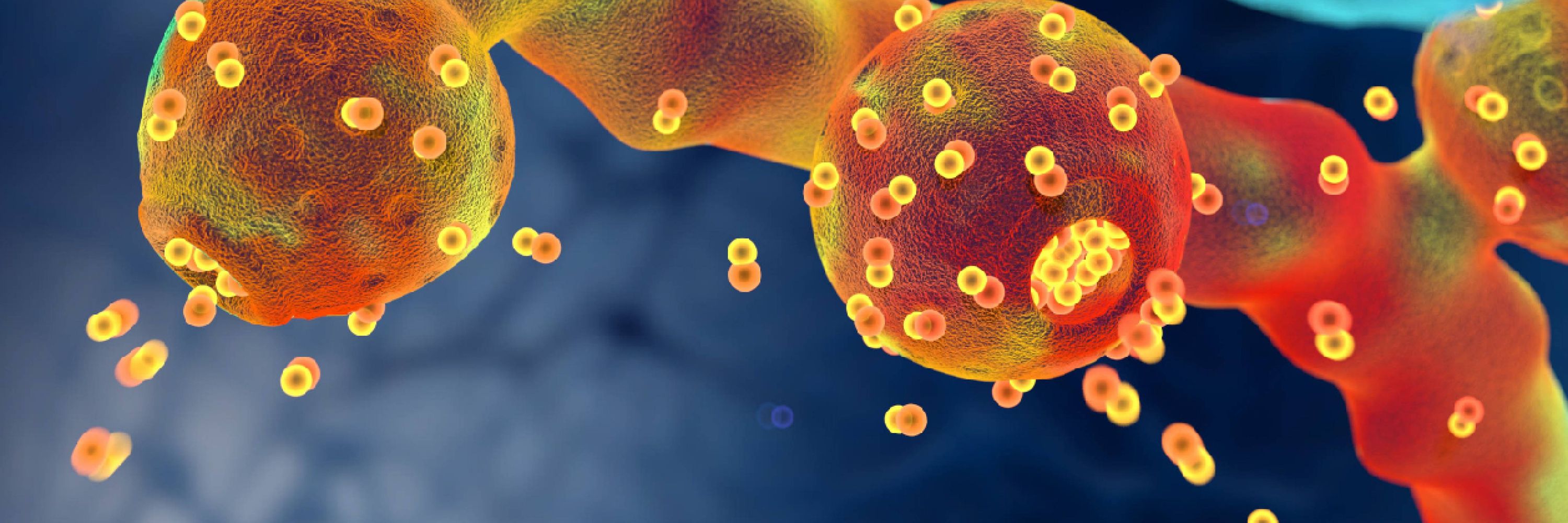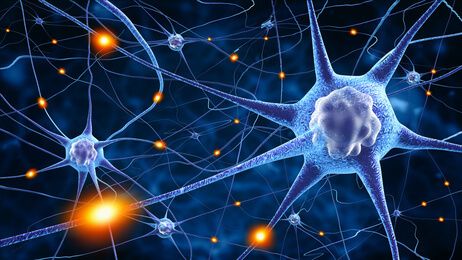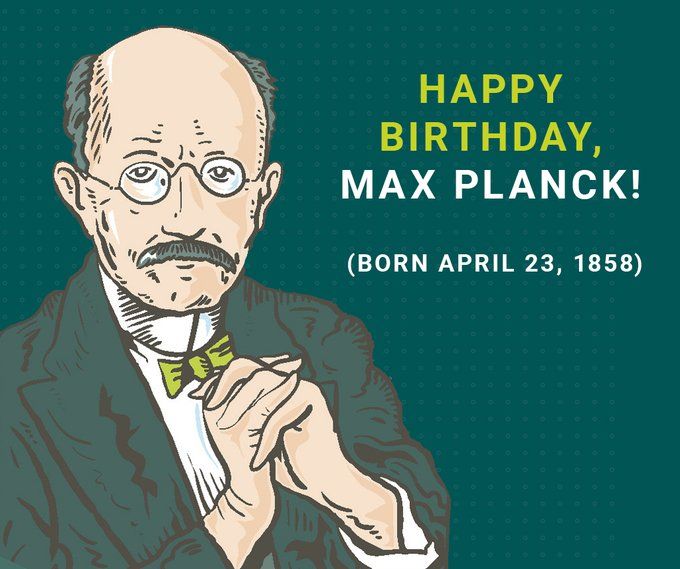Max Planck Neuroscience
@mpneuro.bsky.social
100 followers
72 following
18 posts
Discoveries about the brain from around the Max Planck Society.
Posts
Media
Videos
Starter Packs
Reposted by Max Planck Neuroscience



















